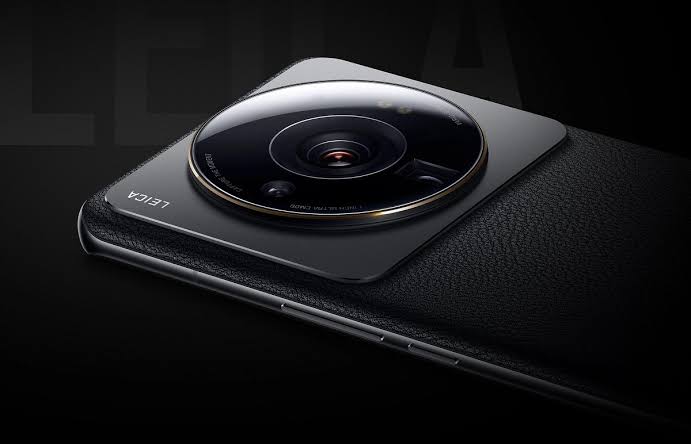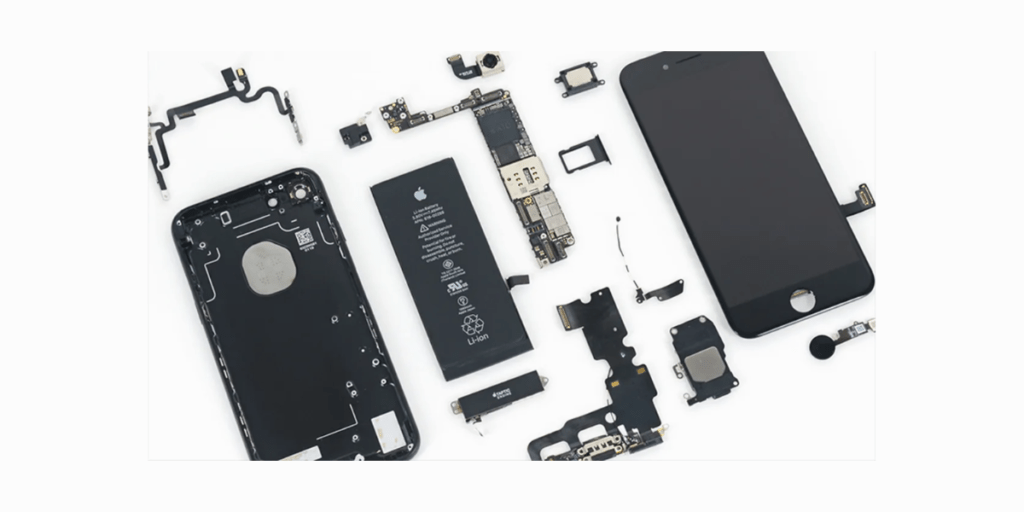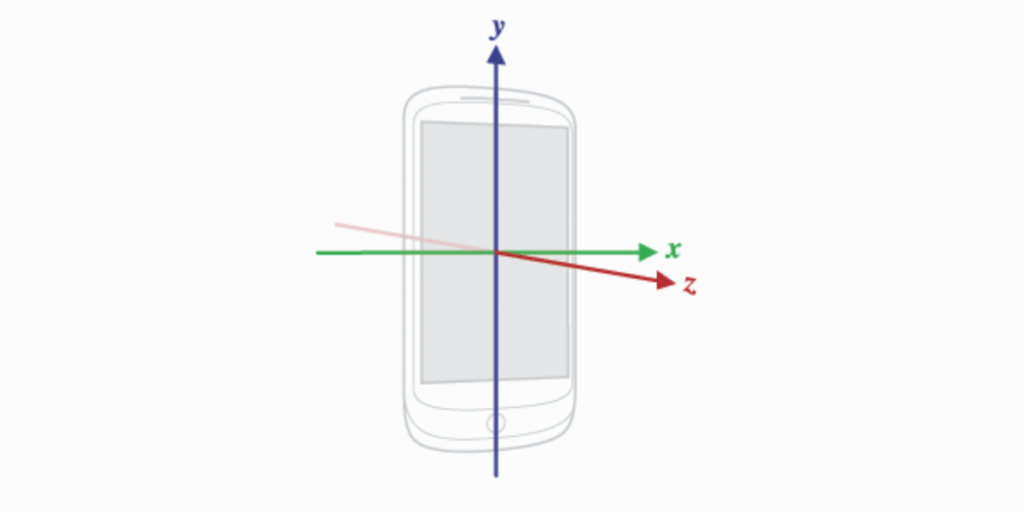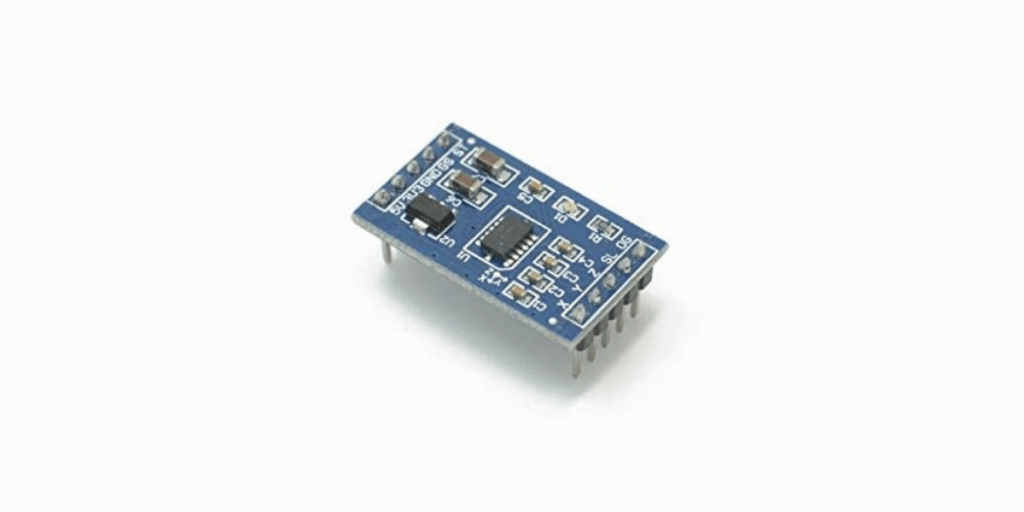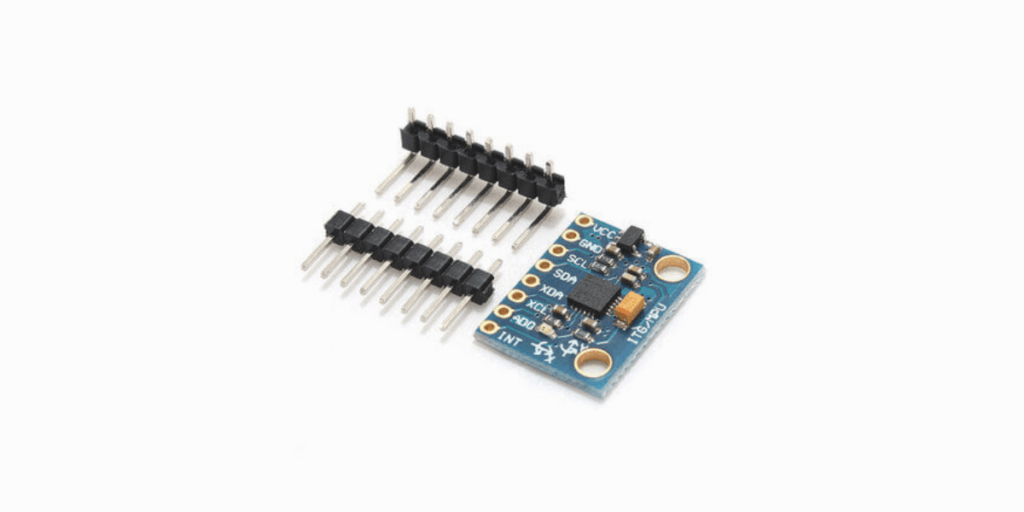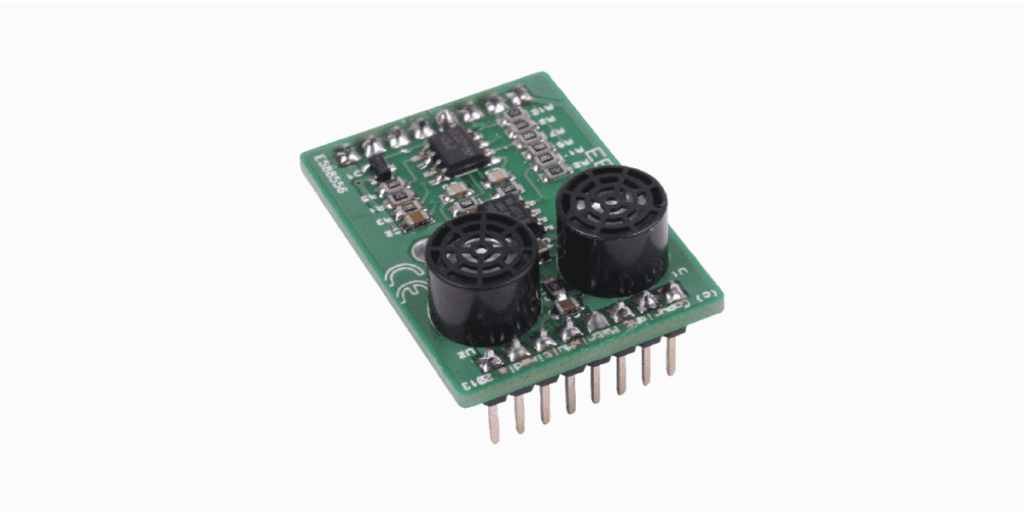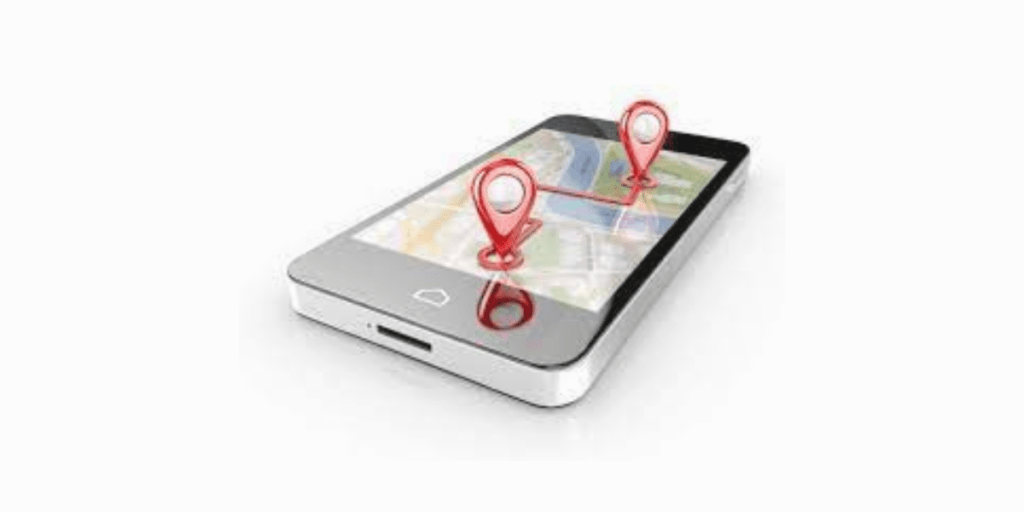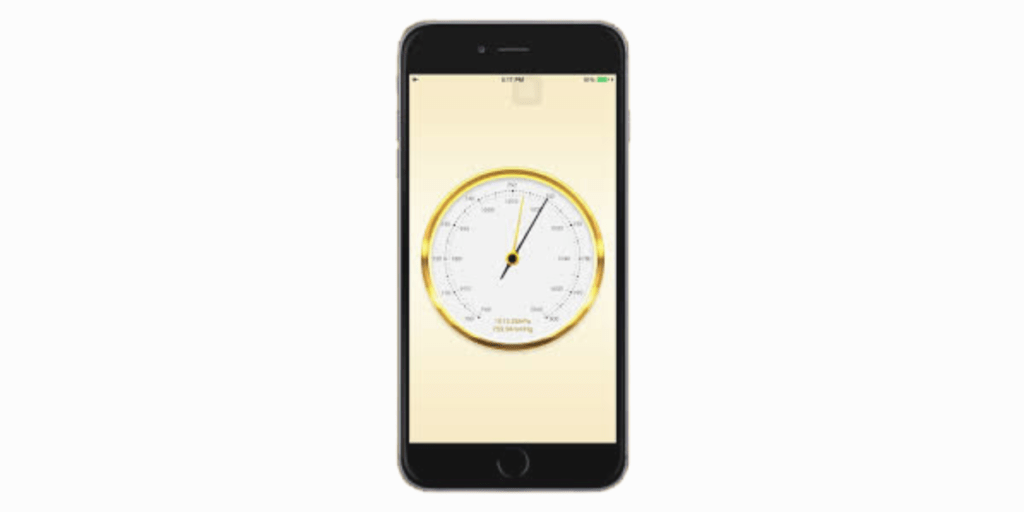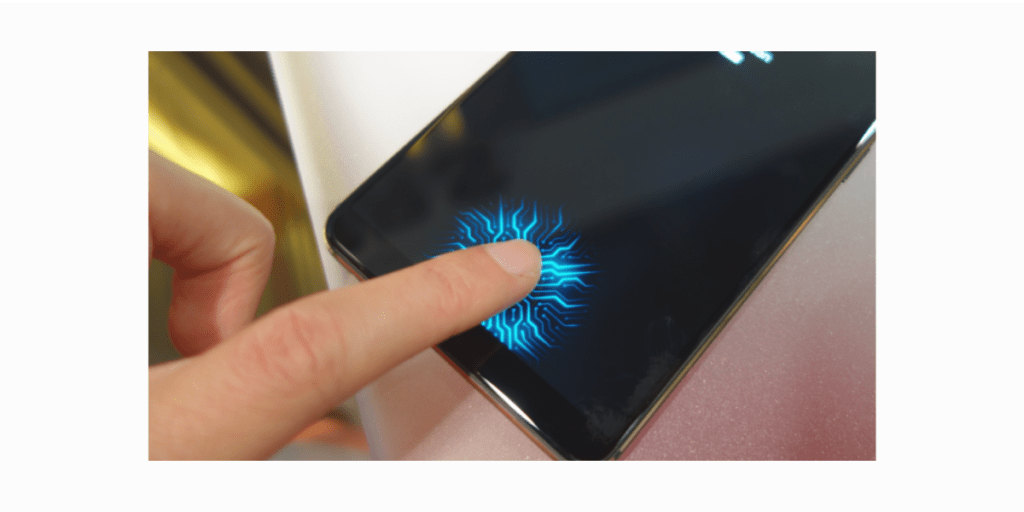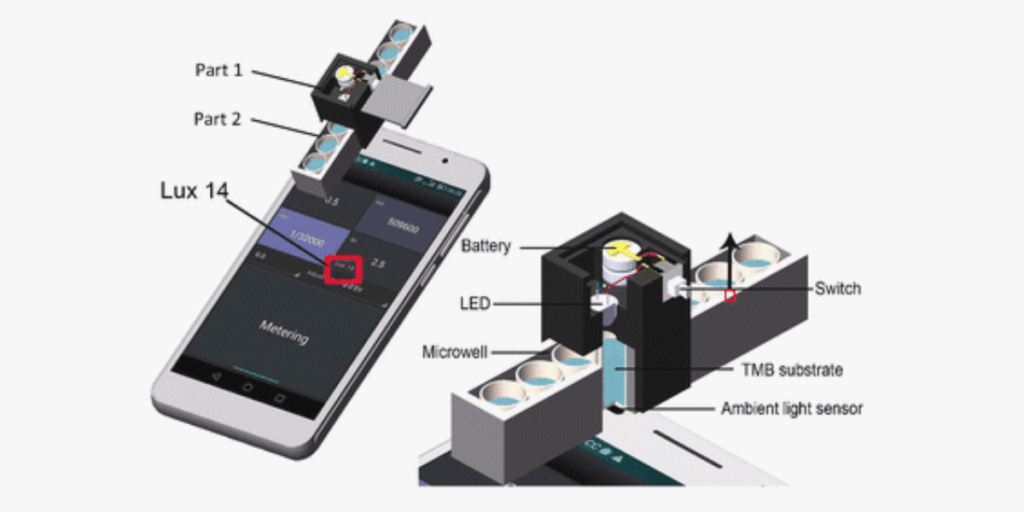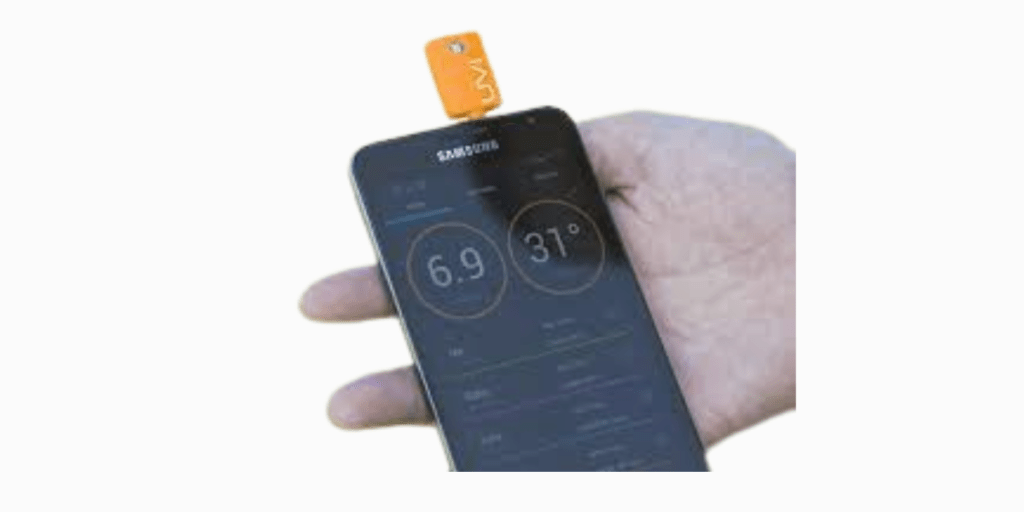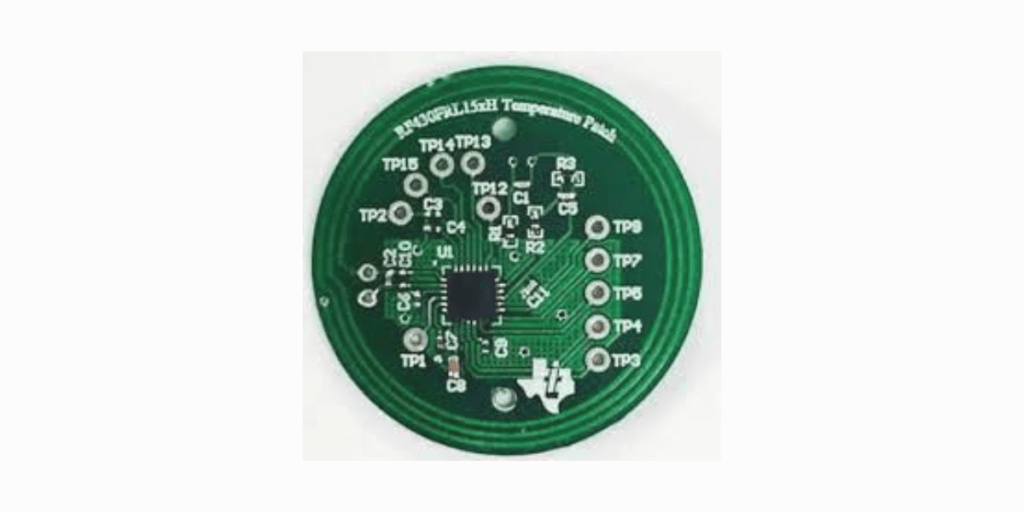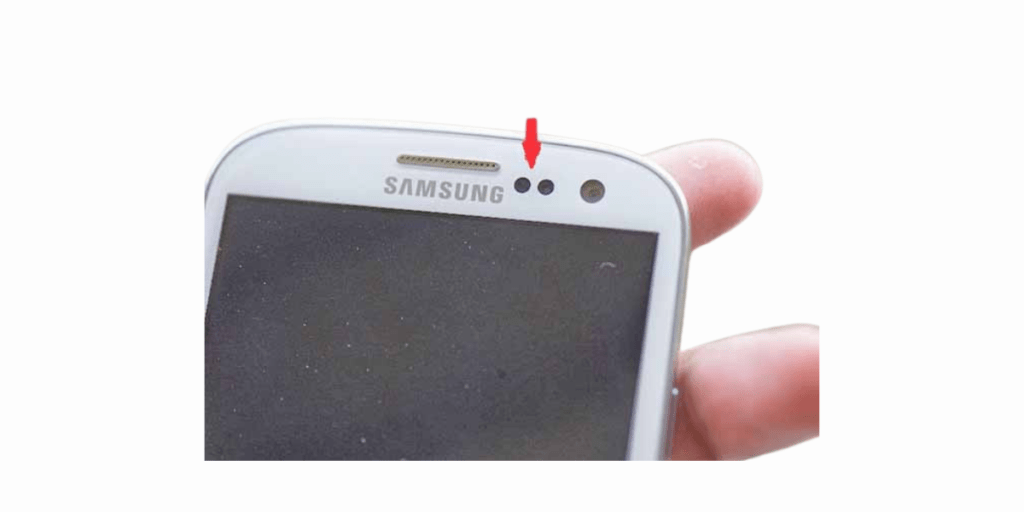Nowadays smartphones have several features, including sensors. A sensor gathers data for various user purposes and works in conjunction with mobile apps. They enhance the user experience and help in the better functioning of the smartphone. High Resolutions Smartphone Sensors have enabled users to get more updated information and keep track of various things.
There are different types of sensors that are built-in in smartphones.
1- Position Sensors
Position sensors are useful for determining the physical position of the device. It determines the device’s position with a geomagnetic field sensor that works with an accelerometer sensor. These sensors are of great help in times of emergency or any type of mishap.
2- Accelerometer Sensor
This type of sensor helps the phone to check its orientation. It rotates the screen icons, with the rotation of the phone from portrait to landscape and vice-versa. Accelerometers handle axis-based motion sensing. Phones and fitness trackers both have this sensor, it allows them to count your steps.
This sensor consists of two sensors first is a microscopic crystal structure that becomes stressed due to accelerative forces. Then the accelerometer interprets the voltage coming from the crystals and figures out the movement and direction of the phone.
3- Gyroscope Sensor
It helps the accelerometer to determine the direction of the phone. This sensor adds another level of precision that creates outstanding results in 360-degree photospheres. When a person plays a racing game on the phone and tilts the screen to steer, the gyroscope rather than the accelerometer is sensing what you’re doing, because you’re only applying small turns to the phone and not actually moving through space.
These types of sensors are also used in aircraft altimeters and help in determining the altitude as well as position.
4- Compass Sensor Magnetometer
This sensor is commonly used and is on every phone. It works just like a normal compass and helps in detecting the direction with the help of magnetic fields and can thus tell you which way is north or any other direction by varying its voltage output to the phone.
These smartphone sensors don’t work alone, it uses the data coming from the accelerometer and GPS unit of the phone to detect your position.
5- GPS
Global Positioning System (GPS) technology inside phones get a ping from satellites up in space and figure out your position. Interestingly, GPS doesn’t use any of your phone’s data and can still locate you even when your phone has no signal.
6- Barometer Sensor
The main feature of this sensor is that it measures atmospheric pressure. It is only available in high-range phones. It supports the GPS as well. These sensors are not 100% accurate but can give a pretty good result.
6- Biometric sensors
These days almost all phones have a fingerprint sensor or a facial recognition sensor. It helps the user to log into their phone and makes it difficult for anyone else to unlock the phone.
The fingerprint sensor allows the scanning of the finger pattern of a user. On the other hand, facial recognition sensor uses an image of the user’s face and pairs it with camera sensors. The users have found it more convenient to use instead of a PIN code or a pattern.
7- Ambient Light Sensor
This sensor detects the light around your environment and can adjust the brightness accordingly. It sends the data to the operating system after evaluating the light and then the data operating system adjusts the brightness.
8- Harmful Radiation Sensor
This type of sensor is very rare and it measures the amount of radiation that you are exposed to. It is not a commonly used sensor, in fact, it is specially designed for people who need it due to exposure to radiation for any reason.
9- NFC Sensor (Near Field Communication)
It is one of the fastest-growing technology in smartphones. This technology allows two electronic devices to communicate with each other by bringing them within 4 cm of each other. Encrypted data can be transferred quickly like payment details etc. This sensor has supported the cashless payment trends. Users can make a payment by just tapping one device on the other NFC device.
10- Proximity Sensor
Almost every smartphone has this sensor. It enhances the life of the battery. It is installed at top of the screen and works with the help of infrared light. When any physical object comes in contact with this light, it reacts toward it after detecting it. Like, when we talk on our phone and place it on the ear, this physical contact is detected by infrared light and the screen’s light automatically goes off. As a result, we can save battery life.
All smartphones with high-resolution sensors are around the corner and add ultimate convenience to our lives. These sensors enhance the smartness of our devices.

